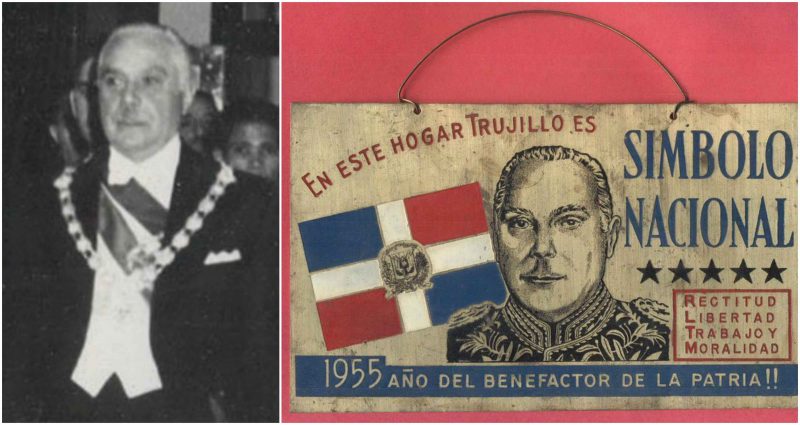Rafael Leónidas Trujillo Molina was the leader of the Dominican Republic for 31 years, until his death.
He was a politician and soldier trained by U.S. Marines.
In 1930, Trujillo became president of the country through political maneuvers and torture. He served as a president from 1930 to 1938 and again from 1942 to 1952. In the meantime, he put in place puppet presidents, first his brother Héctor Trujillo and later, Joaquin Balaguer, neither of which had any power and Trujillo was always the ultimate leader and chief of the country.

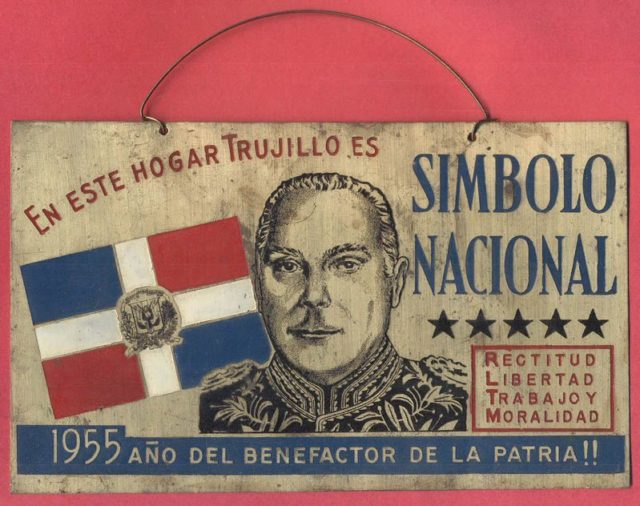
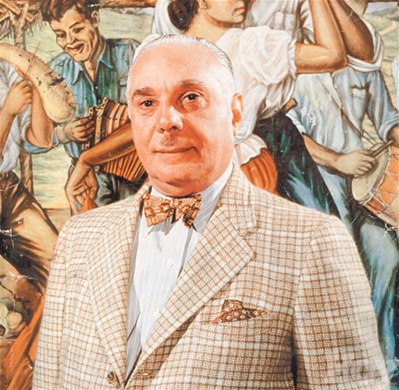
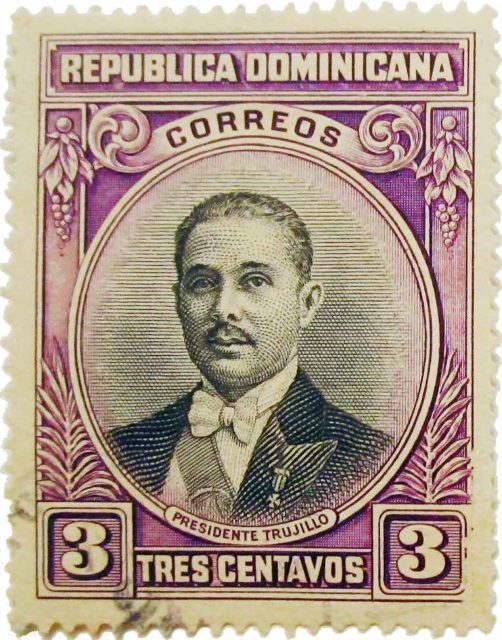
Born in 1891 in San Cristobal, in the Dominican Republic, Trujillo went on to become one of the worst dictators in the world. His foreign policy was inclined towards the United States and against communism.
His domestic policy was built on terror, fear, control, and total compliance with his will.
People called him “El Jefe” (The Chief or The Boss) and were utterly obedient towards him and his regime. Resistance was dealt with harshly and any rebel usually ended up “disappearing from the face of the Earth.”

Thanks to the extraordinary talents of Johnny Abbes in organizing the murder of any dissenting Dominican citizen anywhere in the world and in making them look like an accident, Trujillo was able “peacefully” govern the country for three decades. Johnny Abbes was the “minister” for the Military Intelligence Service, Servicio Central de Inteligencia (SCI).He had “eyes and ears” all over the country and abroad, too.
Abbes didn’t need any hidden cameras, computers, or microphones. He did just fine with all the men that worked for him, all the while inventing new tortures for those who dared to even think negatively of the regime.
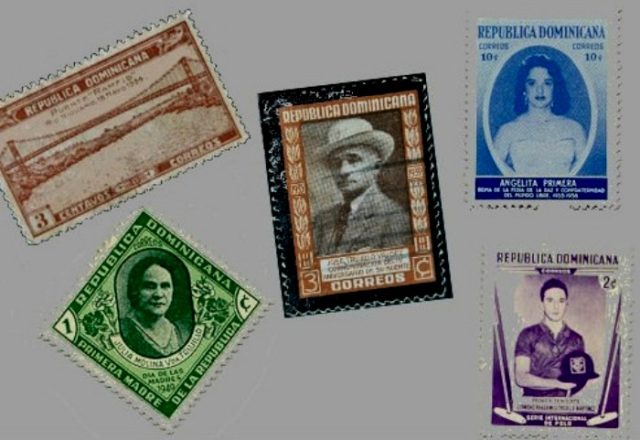
During the Trujillo Era (El Trujillato), the Chief had all the money and power in the Dominican Republic. Not even his ministers had the courage to launder money. Nobody wanted to fall into disgrace. Everyone obeyed Trujillo and feared Abbes. For the citizens, there were only “God and Trujillo.” And perhaps that’s not so surprising as Trujillo was indeed keeping many of the citizens ‘sweet’ with state money. He was giving them what they needed for a “decent” life. Not as decent as his own, of course. He also handed out money in the way of gifts a few times a year, and many people genuinely loved him. He was invited to be a godfather of newborns 100 times a week.
And the fact is, because he praised the US and always took their side in any vote in the UN, no matter for what, and he despised communism, he was able to initiate much development to the Dominican Republic – with US money. But as much as he spent on the country, he made sure he had an even larger amount in his Swiss bank accounts. The funniest thing is, that after his death, his wife, the Bountiful First Lady was the only one who knew the account numbers and she never told them to any of their children.

Despite gaining much money for himself and his country, Trujillo was responsible for the deaths of more than 50,000 people. It hasn’t been confirmed with any certainty, but perhaps as many 30,000 Haitians were killed during the Parsley Massacre. The Chief hated Haitians. He killed every immigrant who was brave enough to speak negatively about the regime in the Dominican Republic outside of the country. Almost nobody was safe in their asylum. Johnny Abbes could reach anyone, anywhere.
There were writers and journalists who wrote about him in the US, Argentina, Mexico, and even Europe. But most of them died in an “accident.”
No Dominican citizen could leave the country without Trujillo’s permission. He simply knew everything about everyone. During the Trujillo era there were dictatorships all around – in Haiti, Colombia, Venezuela, Honduras, El Salvador, Guatemala, Nicaragua, and Cuba, but Trujillo’s has been characterized as more accomplished, more brutal, and more explicit than those that rose and fell around it.
At the beginning of his rule, Trujillo managed to open up the country to development in every area, and it might appear that he established stability and prosperity in the country. But things, of course, aren’t quite so clear cut, especially when you consider he required unconditional dedication and love from the whole nation while at the same time siphoning off at least half of the state income into his Swiss account. And perhaps most of all when you know he forbade any expression of free thinking or open discussion. He wanted to rule forever and be seen by the people as important as God.
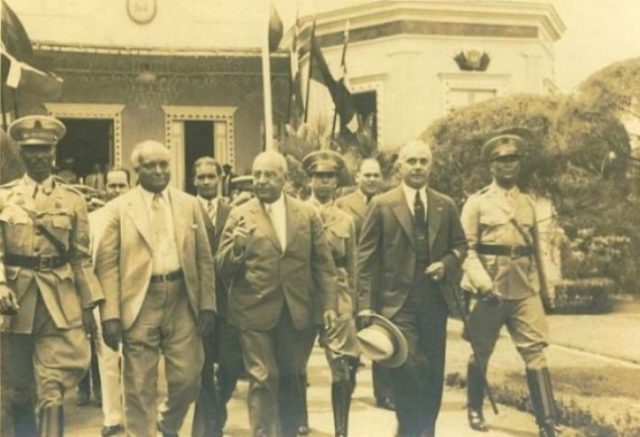


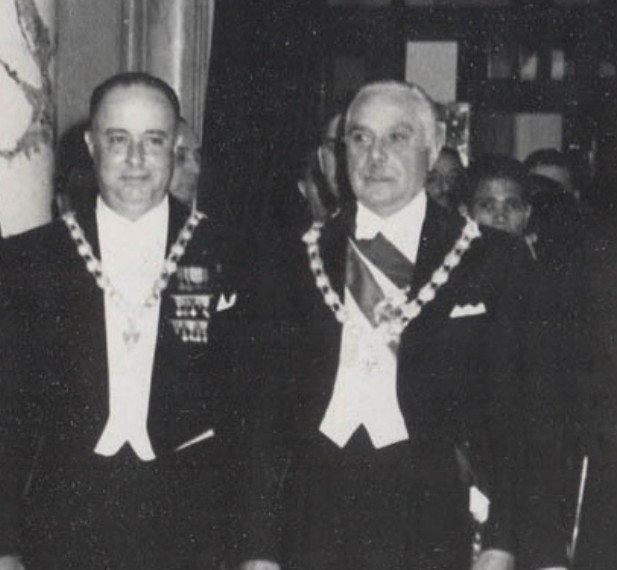
The incident that prompted many young Dominicans to conspire against Trujillo was his assassination attempt on Venezuela’s president of the time, Romulo Betancourt. He was an established and outspoken opponent of the Chief and was related to those who plotted against him. Trujillo developed an obsessive and personal hatred of Betancourt and supported numerous plots by Venezuelan exiles to overthrow him. The Venezuelan government took the case of Trujillo’s intervention to the Organization of American States (OAS).
This move resulted in Trujillo ordering his agents to place a bomb in the car of the Venezuela’s president.
The bomb failed to kill Betancourt, who was only injured. The OAS members were outraged and severed diplomatic relations with the Dominican Republic and imposed economic sanctions on the country.
Another episode was the murder of the Mirabal sisters, Minerva, Maria Teresa, and Patria in 1960, who founded the group the Movement of the Fourteenth of June that actively plotted against Trujillo. After their deaths, many Dominicans, and particularly those who had been present at at least one meeting where the sisters spoke, were simply outraged. Many of them could wait no longer. There were hundreds of conspirators who were thirsty for personal revenge and just as many who wanted to avenge the Mirabal sisters.
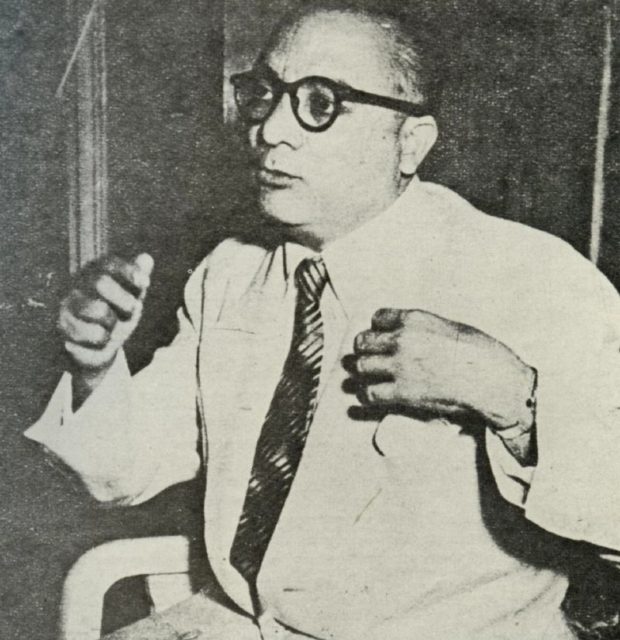
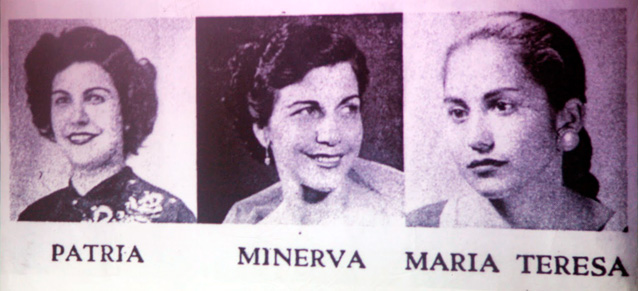
On the 30th of May, 1961, Trujillo was shot and killed on the road to San Cristobal. The number of conspirators was huge, while the “executioners” were seven. Among them, the most involved were Amado Garcia Guerrero, Antonio de la Maza, General Juan Tomas Diaz, and General Antonio Imbert Barrera. After the murder of the Chief, the General of the armed forces, General José (“Pupo”) Román, was supposed to take control of the country and impose a military junta, but it so happened that he betrayed his co-conspirators because he got scared.
It was a bad decision because in less than twelve hours, Abbes had Pupo’s name along with the names of all the rest of the conspirators. And this time Abbes used the most innovative torture techniques on those he managed to capture. Trujillo’s son, Ramfis, returned from Paris to avenge his father. He was present at all the torture sessions and was offered a large reward for any information on Imbert and another conspirator Amaima, both of whom, by some miracle, managed to remain hidden for six months. Even though Ramfis was searching for them under a every stone, Imbert hid in the home of Italian diplomats while Amaima was hiding in the home of the Minister of Health.
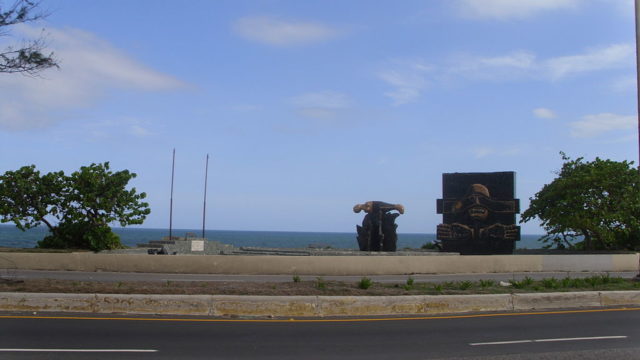
Thanks to President Joaquin Balaguer, six months, the country towards democracy and Ramfis was forced to leave the country. After Ramfis’ departure, Imbert and Amaima returned from hiding and were welcomed as Dominican heroes, with Imbert becoming president in 1965.
Years after the regime had come to an end and the Chief long dead, many people felt conflicted in their desire to praise the past. But intellectuals and sober minds never forgot how much blood his dictatorship cost.
